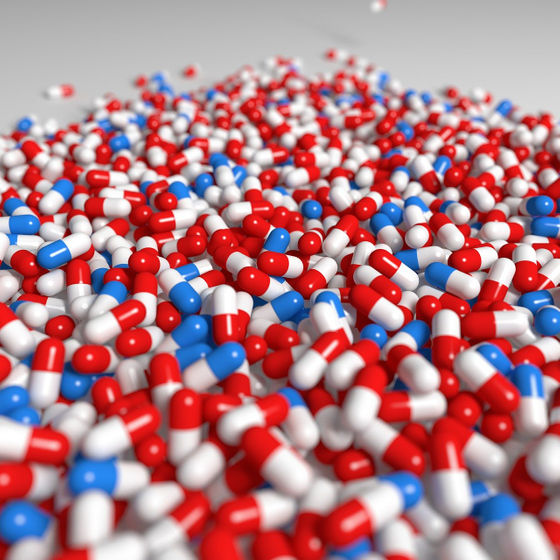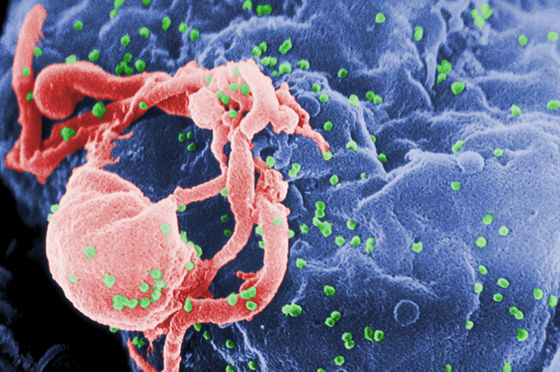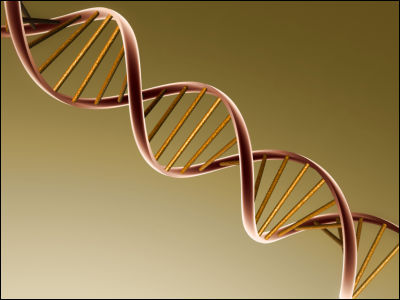The mechanism of 'reservoir cells' that become HIV hangouts and prevent the complete cure of AIDS is revealed, which may lead to new AIDS treatment methods

Tissue memory CD4 + T cells expressing IL-7 receptor-alpha (CD127) preferentially support latent HIV-1 infection
https://journals.plos.org/plospathogens/article?id=10.1371/journal.ppat.1008450
Gladstone Scientists Identify a New Potential Reservoir of Latent HIV
https://gladstone.org/news/gladstone-scientists-identify-new-potential-reservoir-latent-hiv
As a treatment method for AIDS as of 2020, a method called antiretroviral drug treatment (ART) that prevents the growth of HIV by drugs has become the mainstream. The development of this treatment has significantly improved the survival rate of people infected with HIV, but even with ART, it is said that it will take an average of 73.4 years to completely eliminate HIV from the patient's body, Patients are effectively forced to continue to take drugs for life.

It is very difficult to eradicate HIV because the “reservoir cells” in the body have become shelters for the virus. When HIV infects these reservoir cells, the virus continues to stay intracellular instead of growing. Then, when ART is interrupted, HIV is released from the reservoir cells, causing HIV to multiply in the body again.
Therefore, it is important to find and eliminate reservoir cells in order to cure AIDS, but since the proteins that show the presence of HIV do not appear on the surface of reservoir cells, it has been possible to identify reservoir cells efficiently until now. The method to do was not found.
Therefore, a research team of Nadia Rohan and others, a visiting researcher at the Gladstone Institute in the United States, conducted research to elucidate the mechanism by which reservoir cells store HIV inside cells. Roan et al. Paid particular attention to 'CD127 + Tm cells,' which are often found in lymph nodes. As a result of experiments conducted by the research team to infect various cell samples with HIV, it was confirmed that CD127 + Tm cells having a protein called CD127 on the surface easily allow HIV invasion.
But another problem was found. When the research team infected cells with a protein called CD57, not CD127, on the surface, they were actively taking up HIV. This means that it is not possible to identify reservoir cells based solely on the discovery of CD127.
Therefore, the research team compared the genomes of CD127 + Tm cells and CD57 + Tm cells. As a result, it was found that, unlike CD57 + Tm cells in which HIV actively proliferates in the cell, the genome of CD127 + Tm cells has characteristics that significantly limit the replication of the HIV genome. The fact that the HIV genome is difficult to transcribe means that HIV rarely grows.

The research team thinks that 'CD127 + Tm cells may have played a role as reservoir cells by producing almost no HIV while being infected with it.' In fact, when the research team stimulated CD127 + Tm cells with a drug that stimulates immune cells, it was confirmed that HIV was reactivated.
Roan said, 'This experiment of infecting CD127 + Tm cells with HIV revealed a new model case of HIV latent in the body. Ultimately, we will use the mechanism we found to control reservoir cells We hope that this will advance the development of treatments that completely cure AIDS. '
Related Posts:
in Science, Posted by log1l_ks







